High-damping rubber developed with the most up-to-date technologies fostered in manufacturing auto racing tires. The rubber retains high energy-absorption performance over a prolonged period of time, thanks to the most notable characteristics of rubber—repeatedly usable, expanding and contracting. The damping technology using the high -damping rubber is utilized widely, in detached houses and high-rise buildings, in precious historical buildings, and for cables for large bridges, among others.
The high-damping rubber instantly converts kinetic energy into thermal energy for absorption, realized with special compounding. When a general rubber ball and a high-damping rubber ball are dropped to the ground, the former bounces up while the latter barely does. The vibration damper is developed with a technology with this characteristics of the high-damping rubber, absorption of kinetic energy, for absorbing vibration caused by earthquakes and winds.

Features of High-Damping Rubber
Our vibration control dampers are utilized in a wide range of fields, from damping materials used in the construction of houses, high-rises and everything in between to specialized dampers used in massive bridge cables and bridge piers. In particular, our dampers for bridge cables have a proven track record of installation both in Japan and overseas and have even been adopted for major civil engineering projects throughout the world.
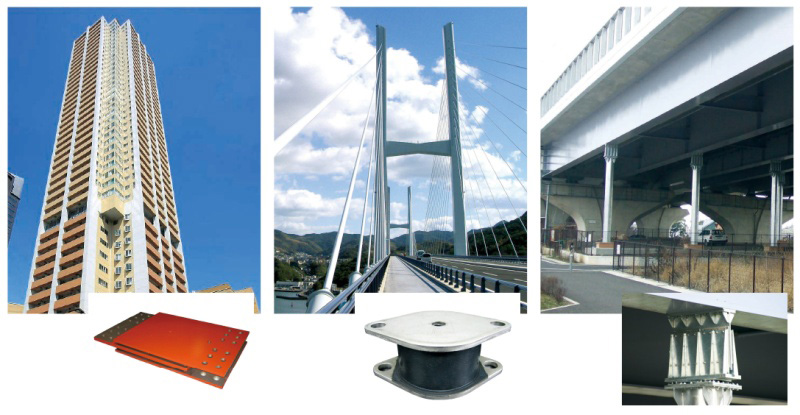
Main Application
The merits of our vibration control dampers go beyond the safety that they provide by absorbing the vibration caused by earthquakes, wind, vehicle traffic and other sources. In fact, by lessening the strain and damage to which structures are normally subjected, they also extend the longevity of structures, which in turn contributes to resource savings in the long run. Thus, our vibration control systems can also be considered an environmentally friendly technology.
Our MIRAIE seismic control units for housing provide outstanding performance when it comes to absorbing seismic energy while also minimizing the number of dampers that need to be installed for a low overall installation cost. Structures receive some damage each time they are subjected to the strain of an earthquake, and this damage accumulates over time. However, MIRAIE is able to absorb up to 95%※1 of this vibrational energy. In other words, MIRAIE limits damage to houses and protects the invaluable property kept in homes. In addition, thanks to their specialized structure and installation method, MIRAIE dampers feature a strong resistance to wear and tear and require no regular maintenance, meaning that, once installed, MIRAIE continues to protect your beloved home from earthquakes over the long run.
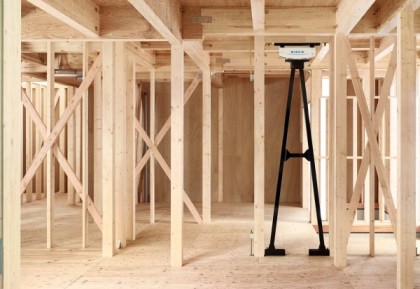
MIRAIE

At the time of the Kumamoto Earthquake that occurred in 2016, buildings that had MIRAIE built in escaped complete or partial destruction*, proving the high-damping performance of MIRAIE. In consideration of this experience, it was determined that, in the seismic rehabilitation work of the Castle Towers of Kumamoto Castle that started in 2017, the vibration dampers would be installed, which were made with high-damping rubber that was identical to one used in MIRAIE. The dampers were set up on the top floors of the Main and Small Castle Towers. This technology was then used in the seismic retrofitting work of Higashi Honganji in Kyoto, one of the largest wooden architectures in the world, the one thousand year-old Main Training Hall of Tendai Buddhism Sect, and Hokke-do of Shoshazan Engyoji Temple.
*To the extent that SRI is aware of
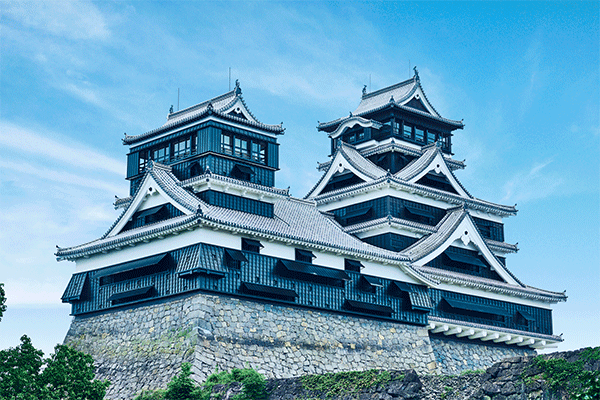
Kumamoto Castle
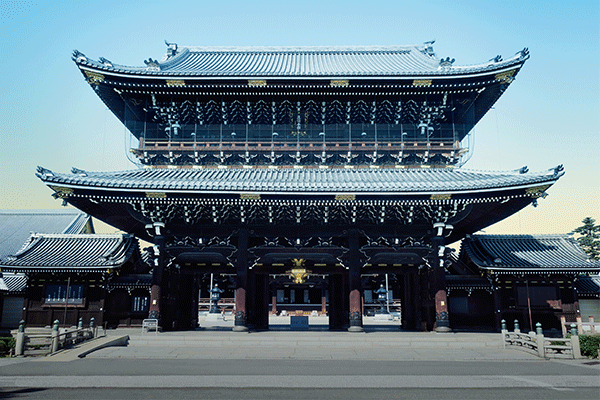
Higashi Honganji
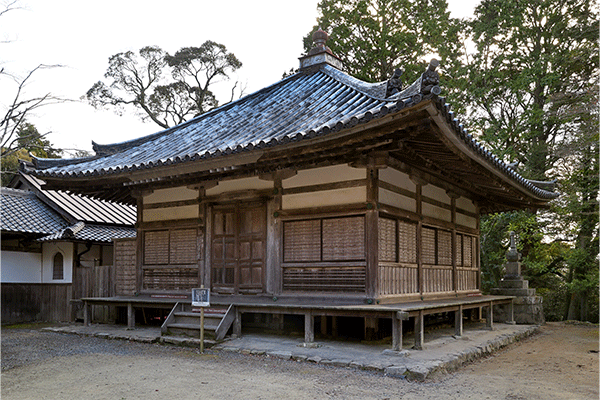
Hokke-do of Shoshazan Engyoji Temple